It’s 30 years since the yacht South Australia competed for the right to represent our country in the coveted America’s Cup
IN 1986, we pinned our hopes on a local yacht to represent Australia in the prestigious America’s Cup, off Fremantle. Thirty years later, what are the syndicate bosses’ memories of our bid — and whatever happened to our boat?
SA News
Don't miss out on the headlines from SA News. Followed categories will be added to My News.
SHE was the pride of South Australia long before the Adelaide Crows, a sleek 12-metre yacht that carried the hopes of an entire state in a fight to win one of the most-prized chalices in world sport.
Off the waters of Fremantle, in late 1986, she tacked and jibed against other contenders for the right to represent Australia in defending the America’s Cup – famously won by Alan Bond’s Australia II four years earlier.
Funded by sponsorship from 150 SA businesses and a generous $1 million from the Bannon Government, the aptly named South Australia – designed by celebrated marine architect Ben Lexcen – was the rank outsider against a strong local contingent, which included yachts owned by Bond and another wealthy Perth businessman, Kevin Parry.
All who sailed on her agreed South Australia was a great boat in the right conditions, but it struggled in strong winds and choppy seas – something that was in abundance in WA.
Sadly, the challenge failed, the coveted “Auld Mug” was won back by the American entry Stars and Stripes – and the deeds of South Australia became a part of sailing folklore.
In fact, 30 years later, what became of the yacht has remained something of a mystery – even Sir James Hardy, who was one of the boat’s skippers in the defender races, said he often wondered about its whereabouts today.
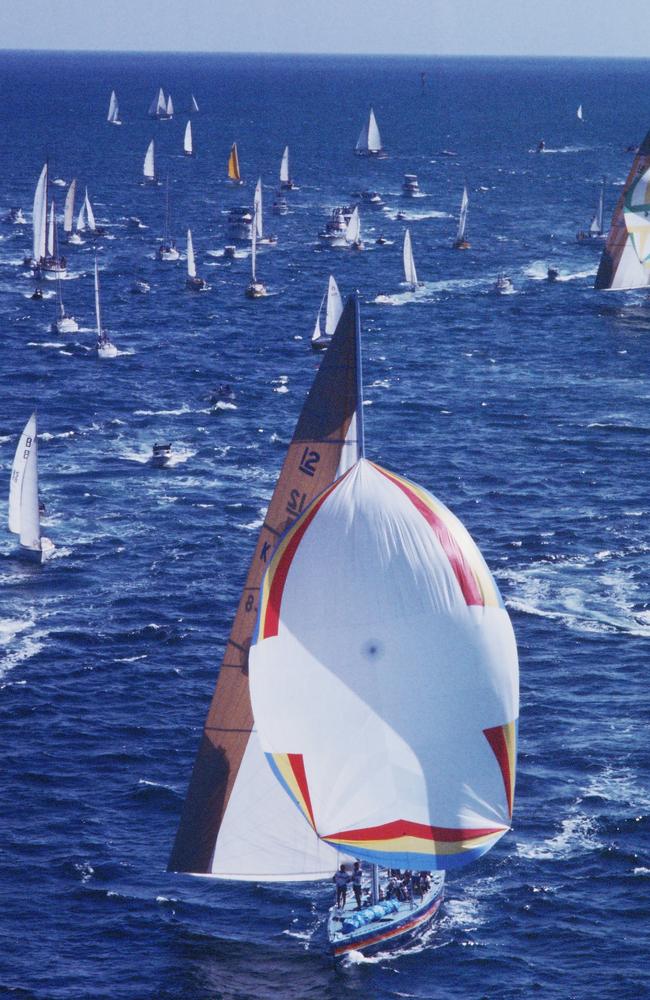
For many years, it sat forgotten in a boat yard in the French resort town of Antibes, an unloved relic of its more glamorous past.
That was until she was found and bought by British property developer Steve Bowden, a keen sailor and lover of all things 12-metre, who is now restoring South Australia – complete with a piping shrike on the hull and our state colours on the mainsail.
He is the latest of several owners. After the America’s Cup, the boat was sold to Swedish interests, renamed New Sweden and raced throughout Europe. She had a colourful history after that, appearing in a Swedish comedy film, S.O.S. En segelsallskapsresa, before being raced out of Monaco and France.
And that’s where Mr Bowden found her, dry-docked, last year.
“She was in quite a neglected state,” he says. “All the rigging and mast was dismantled along with numerous other parts of the boat.
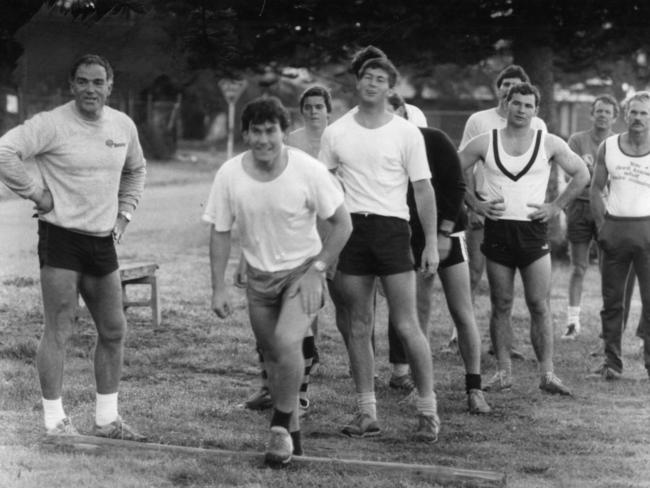
“My intention is to restore her to her original paint scheme when she represented South Australia in the defender series.
“I’ve contacted the Royal Yacht Squadron in Adelaide which has given permission to use their logos on the boat, including the original paint scheme that included the piping shrike.”
Mr Bowden says his plan is to race South Australia back in the Mediterranean, but hasn’t ruled out the possibility of her one day returning home.
“Long-term, who knows?” he says. “My son and daughter now live in Australia so you never know.”
Fifty-two-year-old Mr Bowden said much of his fascination with 12-metre yachts stemmed from his memory of the epic America’s Cup battle of 1983.
“I think they are just beautiful boats with perfect classic proportions and a good sailing performance,” he says.
“But I also think there is a fair bit of nostalgia involved. I am at an age that I remember Australia winning the 1983 America’s Cup with Australia II.
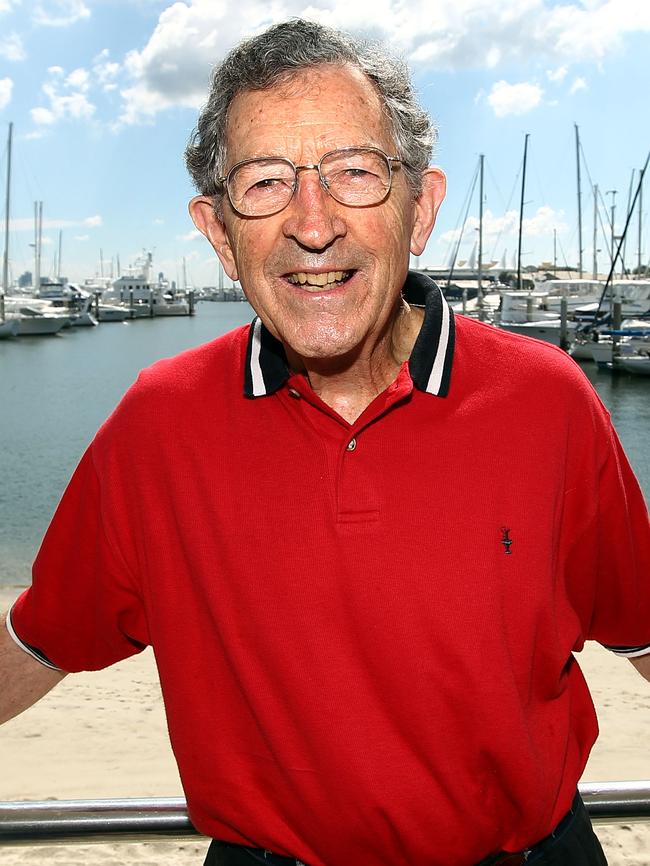
“I remember the moment when the boat was lifted out of the water at the end of racing for the press and the keel was finally exposed. I can also remember the defence of the cup in Perth and many of the boats involved. Not that we knew at the time but these would later become the last of the 12-metre boats ever built.
“The Grand Prix versions – boats built without a shred of compromise and just for one thing.
“I must admit that owning a 12 is not for the faint-hearted. The boats were prototypes at the time and many of the parts custom made. The mast, for example, is the original and is comparable to aircraft manufacturing and quality. All this means that the cost of ownership is not cheap. I compare it to an ’80s classic racing car. For my part, I just love it.”
When Sir James Hardy thinks back on South Australia’s bid to contest the America’s Cup, a quote from another great Croweater – poet Adam Lindsay Gordon – springs to mind.
“No game was ever yet worth a rap, for a rational man to play, into which no accident, no mishap, could possibly find its way,” the 83-year-old sailing legend says.
In other words, if you’re not going to have a serious crack and put it all on the line then you might as well stay home.
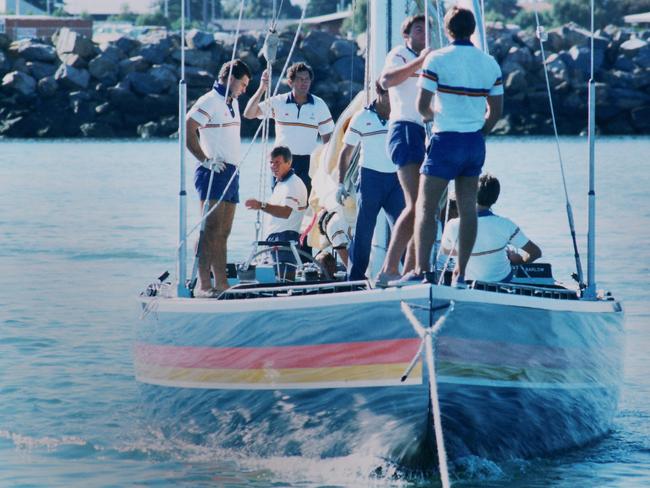
Sir James, who skippered the boat with Fred Neill and Phil Thompson, says they gave it their best but the headline from a newspaper report on December 8, 1986, probably summed it up best: “South Australia’s America’s Cup hopes sink sadly in the West”.
But, according to Sir James and others behind the audacious push, she did wonders for the pride of those in the state she was named after.
From the famous Hardy winemaking dynasty, Sir James grew up with saltwater in his veins, raised in the famous Hardy house on the cliffs above Seacliff beach.
As a lad growing up in a time of war-rationing, he would pinch brass screws from the train he rode each morning to get to St Peter’s College.
Brass screws didn’t rust and were perfect for building boats. “I wouldn’t say I stole them,” Sir James recalls. “It was more … substitution.
“Every brass screw I took I replaced with a steel screw, so nothing fell apart. This was 1942 or ’43, the middle of Hitler’s war, and that was the kind of thing you had to do.”
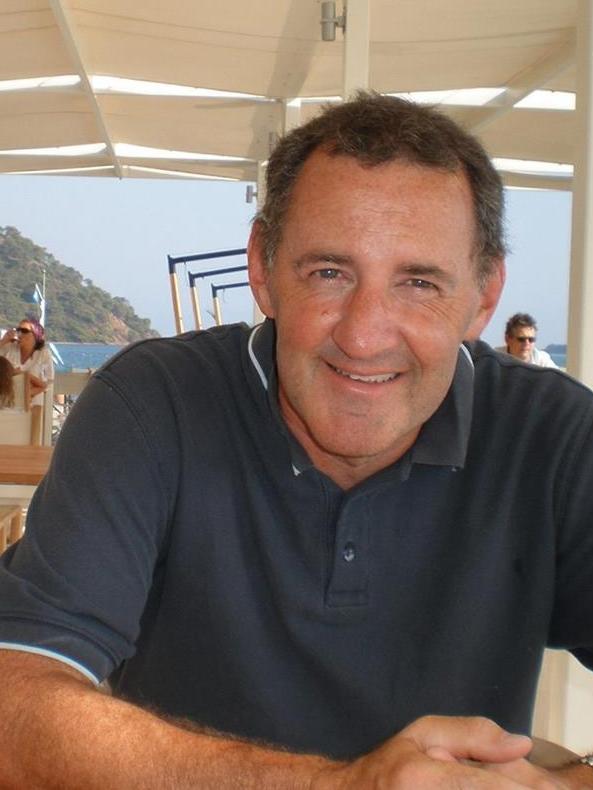
This early love of sailing, nurtured in an inherited boat called Mermaid that Sir James says was as much putty as wood, eventually led to his selection in two Olympic Games (1964 and 1968), four Admiral’s Cup tilts and three skipper’s stints in the America’s Cup.
He’s one of the country’s greatest yachtsmen, so it was only natural that he’d be called upon to take the wheel on South Australia.
It was 1984 when Adelaide businessmen Roger Lloyd, Graham Ferrett and John Heard hatched a plan to challenge for the right to defend the Cup.
It was a brazen idea at a time the nation was still riding high on the back of Australia’s famous victory of Newport, Rhode Island – the first time the famed trophy had left the US in 132 years.
Prime Minister Bob Hawke’s declaration after the final race that “Any boss who sacks a worker for not turning up today is a bum!” perfectly sums up the feeling at the time.
So Lexcen – a designer Sir James describes as “a bit up and down” – was commissioned to build a boat that would float the hopes of an entire state. “Too right they were good times,” Sir James laughs when he recalls the months spent in Fremantle fighting for the right to be named the yacht that would defend the Cup.
It’s a sentiment shared by journalist Megan Lloyd, Roger’s daughter, who was near the end of her university degree when she was commandeered by her dad to help with South Australia’s public relations campaign.
“All the pubs and the restaurants were so alive. If you can imagine the Grand Prix coming to town, but for a much longer period of time, that’s what it was like,” Ms Lloyd says. She says it was incredible to see the state rally around the effort to send a boat to Fremantle.
“It did a lot for the brand of South Australia outside of the state. Everywhere you went in Fremantle you saw the words ‘South Australia’.”
For footy legend Neil “Knuckles” Kerley, brought in as South Australia’s fitness coach, the time spent in the yachting world was a “huge challenge”.
“I had to make sure we had the fittest team in the competition, which we did,” Kerley says.
“We also had the fastest yacht in the competition – but that was provided the wind was below 11 knots.”
Kerley, who was coaching West Adelaide at the time, also drove South Australia’s tender boat Magna, but says he did two races to get a handle on how fit his charges would need to be.
“I did two races as a grinder, and let me tell you, you have to be strong,” he says.
“I certainly didn’t do it for the money – I had to take a pay drop of $50 grand a year to take the job – but, looking back, they were some of the most exciting and educational years of my life.”


